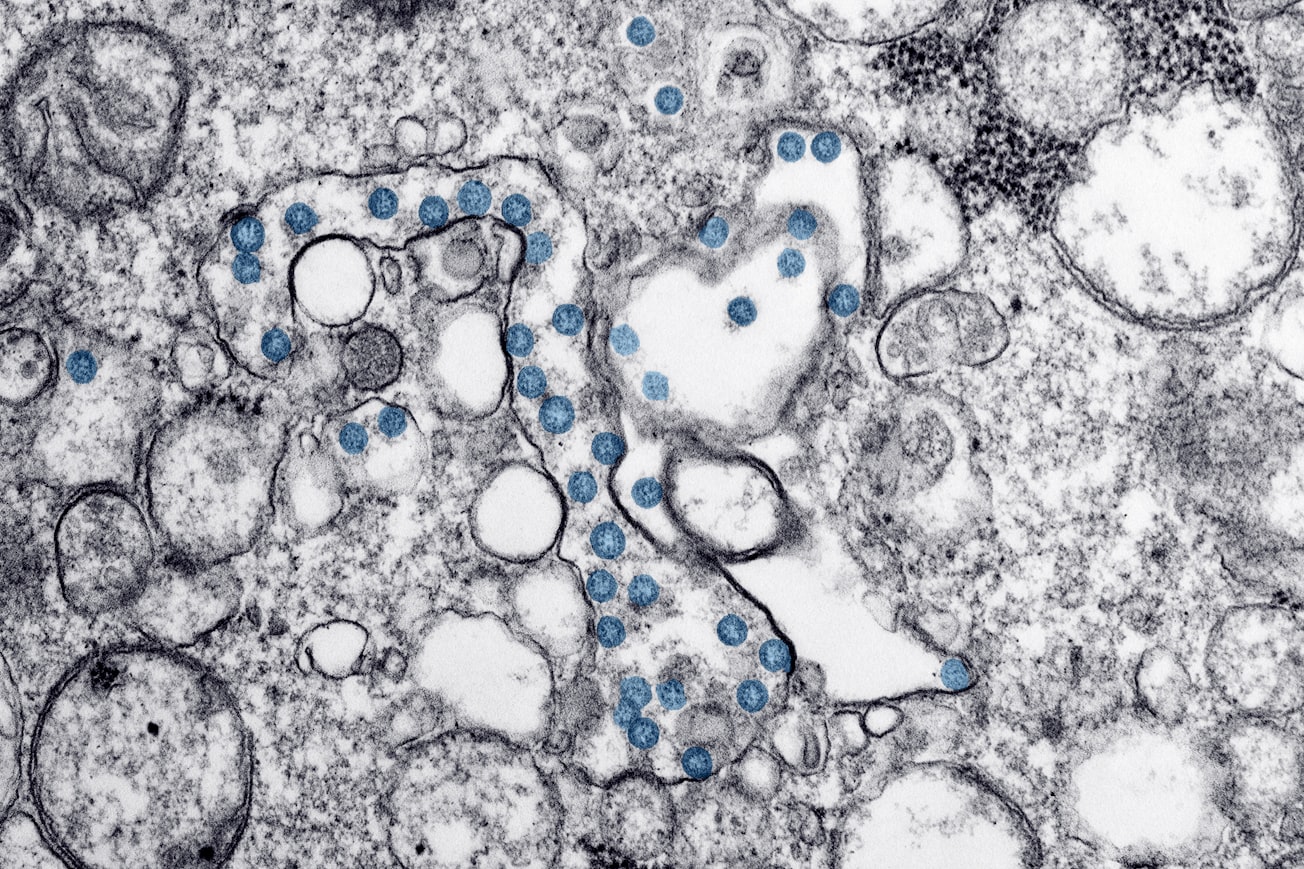What is it about?
During the SARS-CoV-2 pandemic, the viral load of infected people has commonly been measured by looking at the amount of viral RNA in samples of people who got a PCR test. However, the relationship between viral RNA and infectious virus is not fixed, and this ratio varies widely between viruses. We measured the RNA and infectious virus levels in a pool of clinical specimens from people infected with three SARS-CoV-2 variants (Alpha, Epsilon and Delta). We showed that people infected with Delta have higher levels of viral RNA. Surprisingly, the virus produced from Delta was also more infectious, with roughly six times more infectious virus for the same amount of viral RNA.
Featured Image

Photo by CDC on Unsplash
Why is it important?
With the emergence of novel SARS-CoV-2 variants, and the widespread reliance on Ct values (a measurement of viral RNA) to determine 'viral load' it is important to also measure infectious viral titers and investigate the relationship between RNA and infectious virus in order to characterize and better counteract new variants.
Read the Original
This page is a summary of: Measuring infectious SARS-CoV-2 in clinical samples reveals a higher viral titer:RNA ratio for Delta and Epsilon vs. Alpha variants, Proceedings of the National Academy of Sciences, January 2022, Proceedings of the National Academy of Sciences,
DOI: 10.1073/pnas.2116518119.
You can read the full text:
Contributors
The following have contributed to this page







